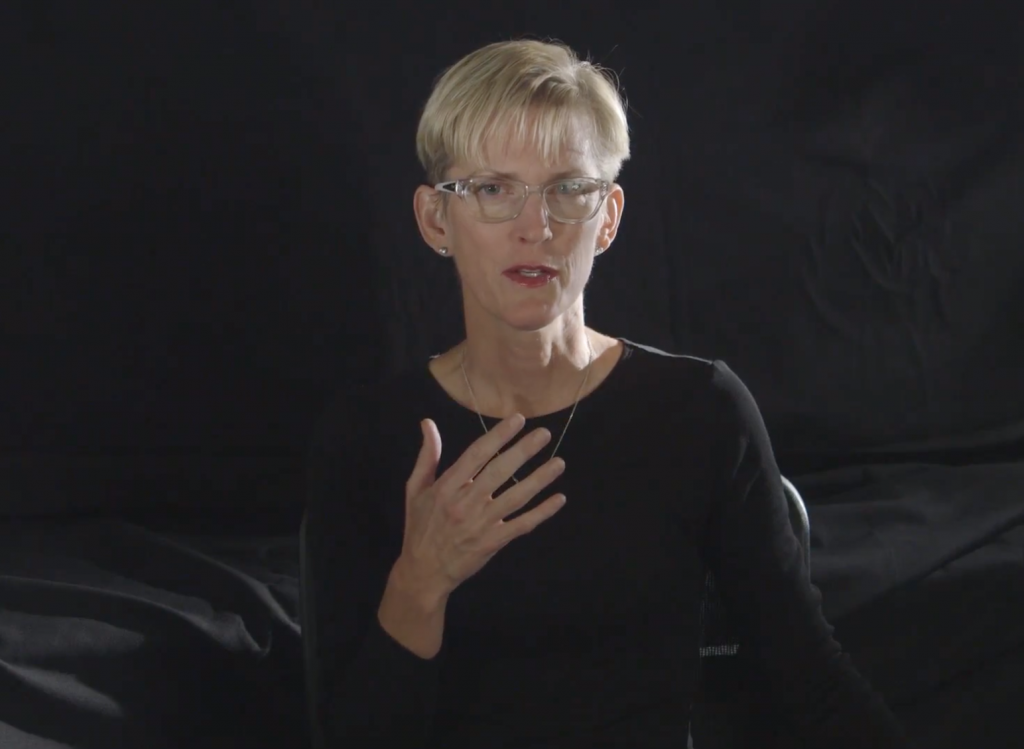
The Body Catalog
In 2018, I presented a solo exhibition in Gallery 106 at Cal State University, San Bernardino. The statement I wrote for the exhibition explains and describes the work in this collection.
A window on one woman’s experience, The Body Catalog explores several themes. These include: a geography of living while dying, the landscape of illness and aging, and ways one may participate in personal recovery and well-being.
In 2013, I was diagnosed with the autoimmune disease Myasthenia Gravis. Treatment included daily doses of the steroid Prednisone as an immunosuppressant. When I learned in 2015 that I could either manage my symptoms by taking damaging steroids every day for the rest of my life, or undergo major surgery, I chose surgery.
As a way to navigate the distress and uncertainty of surgery and mediate the inevitable marks that the surgeon’s work would leave on my body, I began The Body Catalog. I invited several women artists to help me chronicle my experience by documenting my body before, during, and after hospitalization.
This collection presents aspects of the cataloging process, the images and the art that resulted from this endeavour. While all of the work is personal, the photographic elements are (mostly) collaborative. What began as an effort to manage uncertainty by making art, evolved into a visual memoir, a practice of patient attention—bearing witness to the flux of life in one’s own body.
Even where there is no cure, there can be healing.
Special thanks to Carrie Specht and Michelle Noland for their work on the documentary short At Home In My Own Skin. For contributions to the catalog of photographs, appreciation and love to Beatriz Mejia-Krumbein, Adriana Mateus, Megan James, and Yvonne Polk Ocasio who also designed the exhibit book. To favorite human tripod and steady companion, Ken Crane, deep gratitude.
Glossary
Female Gaze “Despite its growing ubiquity in popular culture, the term ‘female gaze’ doesn’t have a definitive meaning. Generally, when women direct films, take photographs, make sculptures, and even write books or articles, they’re often said to be harnessing the ‘female gaze’.” (Alina Cohen, The Nation, September 2017) For the purposes of this exhibit the term means women taking or making pictures of themselves or of each other. A woman, or women, stand as author and subject of the work. Who tells the story makes a difference.
Myasthenia Gravis An autoimmune disease that occurs when the immune system attacks the body’s own tissues. In MG, that attack interrupts the connection between nerve and muscle—the neuromuscular junction. MG causes weakness in muscles that control the eyes, face, neck and limbs. Symptoms include partial paralysis of eye movements, double vision and droopy eyelids, as well as weakness and fatigue in neck and jaws with problems in chewing, swallowing and holding up the head. The estimated prevalence of myasthenia gravis is approximately 20 cases per 100,000 population, with the disease affecting twice as many women as men. The cause of MG is unknown.
Thymectomy The removal of the thymus gland. The thymus is located behind the sternum, just over the heart. It is an active part of the immune system until puberty, making T-cells—specialized white blood cells that protect the body from foreign invaders.
Vulnerability “The birthplace of love, belonging, joy, courage, and creativity. Vulnerability means uncertainty, risk, and emotional exposure.” — Brené Brown

